For many, Christmas markets are a quintessential part of the festive season. While some will count down the days till they can put up the tree or schedule their out-of-office email- many are waiting for Christmas markets to start popping up around the country.
Do you have a festive favourite that we’ve missed? Get in touch and let us know.
Jul i Vinterland, Spikersuppa, Oslo- November 12th
Located bang in the heart of Oslo, surrounding the Spikersuppa skating rink, near Oslo’s main shopping street, Karl Johan Street, is Jul I Vinterland.
If you are planning a trip to Oslo soon, you can combine this one with plenty of sightseeing.
As you may have noticed, if you live in Oslo, it’s already open to the public and will receive visitors until the New Year.
Bergen Christmas Market- November 25th
Opening in late November is Bergen’s Christmas market, which moved to a new, more central location last year.
Located in Festplassen, the market will boast handmade or homemade gifts from local merchants.
If you are in Bergen before the market opens, you can visit the world’s largest gingerbread village instead.
There is an indoor heated area for those who want to fight off the chills after a trip on the Ferris wheel.
Norwegian Museum of Cultural History’s annual Christmas fair- two weekends in December
If you want to take a trip through history in addition to getting into the festive spirit, then look no further than the Norwegian Museum of Cultural History’s Christmas market.
The first two weekends in December (3rd-4th & 10th to 11th) will be your only chance to catch the market with a historical twist.
In addition to the Christmas market, there’ll be a number of exhibitions and Norwegian traditions on display.
You will need to book tickets to enter the museum and head to the Christmas market, though. Tickets start at 140 kroner for adults- kids go free.
Kristiansand- 26th November
The Christmas market in Kristiansand, southern Norway, takes inspiration from European Christmas markets.
The town’s Christmas lights are up, but the official opening of the Christmas market is on Saturday, November 26th.
You’ll also be able to test your skills in the nearby ice rink and give kakemann, a traditional local Christmas cookie, a go.
Julebyen Egersund- December 1st
Not too far from Stavanger, Egersund has long been one of Norway’s favourite Christmas destinations.
The Christmas market in Egersund takes inspiration from British and German markets. Between December 1st and December 11th, the town centre will be transformed into a Christmas town.
The Christmas town offers several performances, concerts and stalls to check out.
Hadeland Glassverk- November 28th
Not your typical Christmas market experience. Need proof? Try your hand at glass blowing to create your own Christmas baubles.
The activities at Hadeland include Norway’s largest indoor Christmas market and ten other shops, five restaurants and an art gallery.
Christmas in Viken, Lillestrøm- November 28th
One of the country’s more recent Christmas markets makes up in activities what it lacks in heritage.
With over 30 planned activities, there’ll be something for everyone when it opens. Tickets can be purchased online.
Christmas Market in Trondheim- December 1st
Trondheim’s main Christmas market has grown from its humble beginnings when it launched with five stalls in 2005.
At the centre of the market will be several large Lavvu, traditional dwellings of the Sami people, with room for 500 people.
You can expect plenty of local produce and local artists and bands performing.
Tromsø Christmas Town- November 17th
Located in the north is Tromsø, which transformed part of town into a Christmas village on November 17th. The Christmas market will remain open until December 31st.
The Christmas town will boast a Ferris wheel and ice rink.

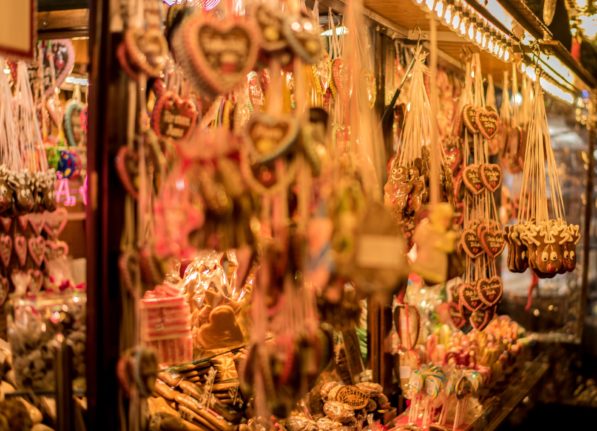
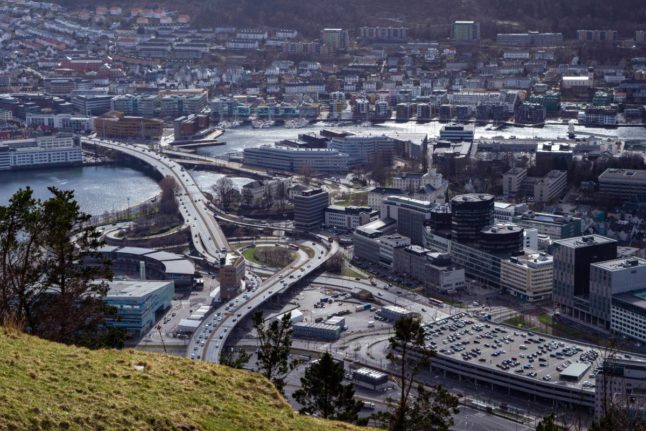
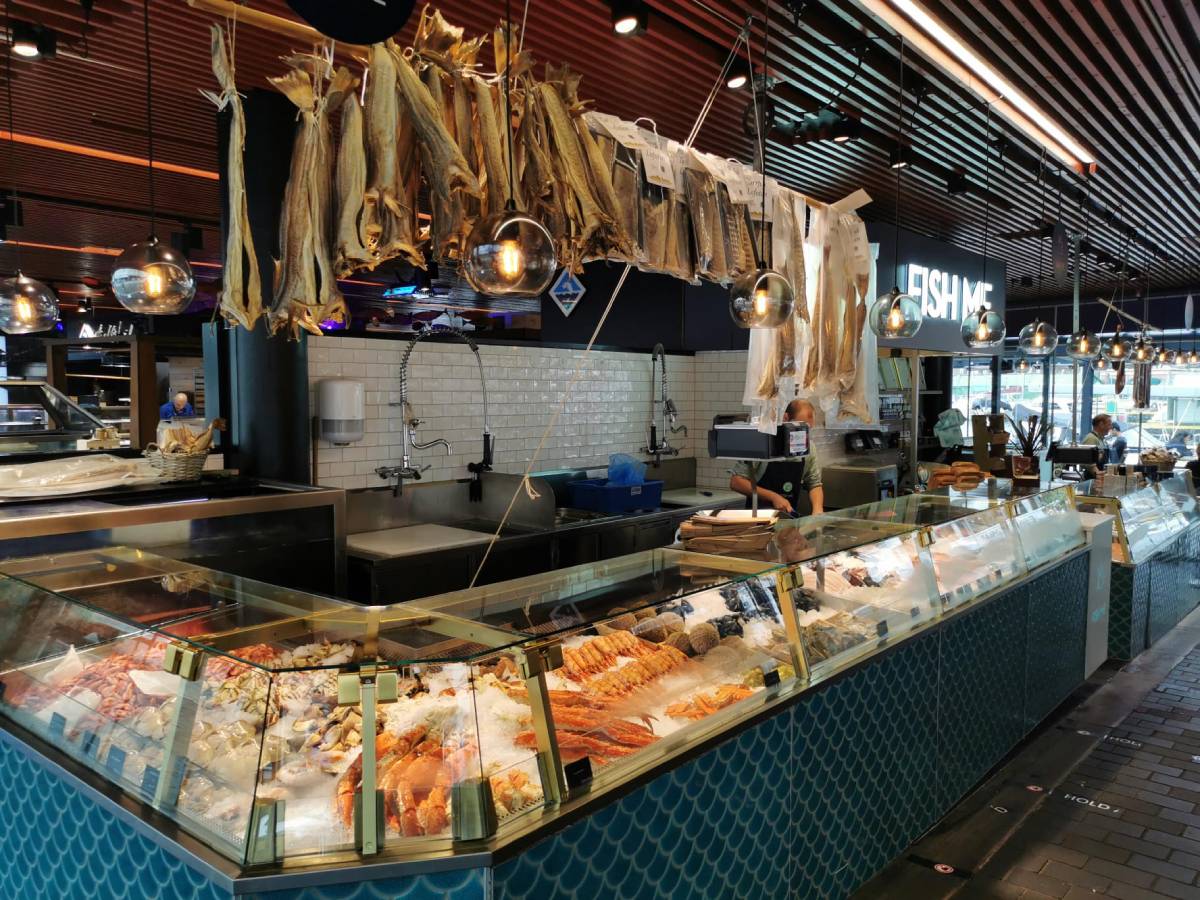
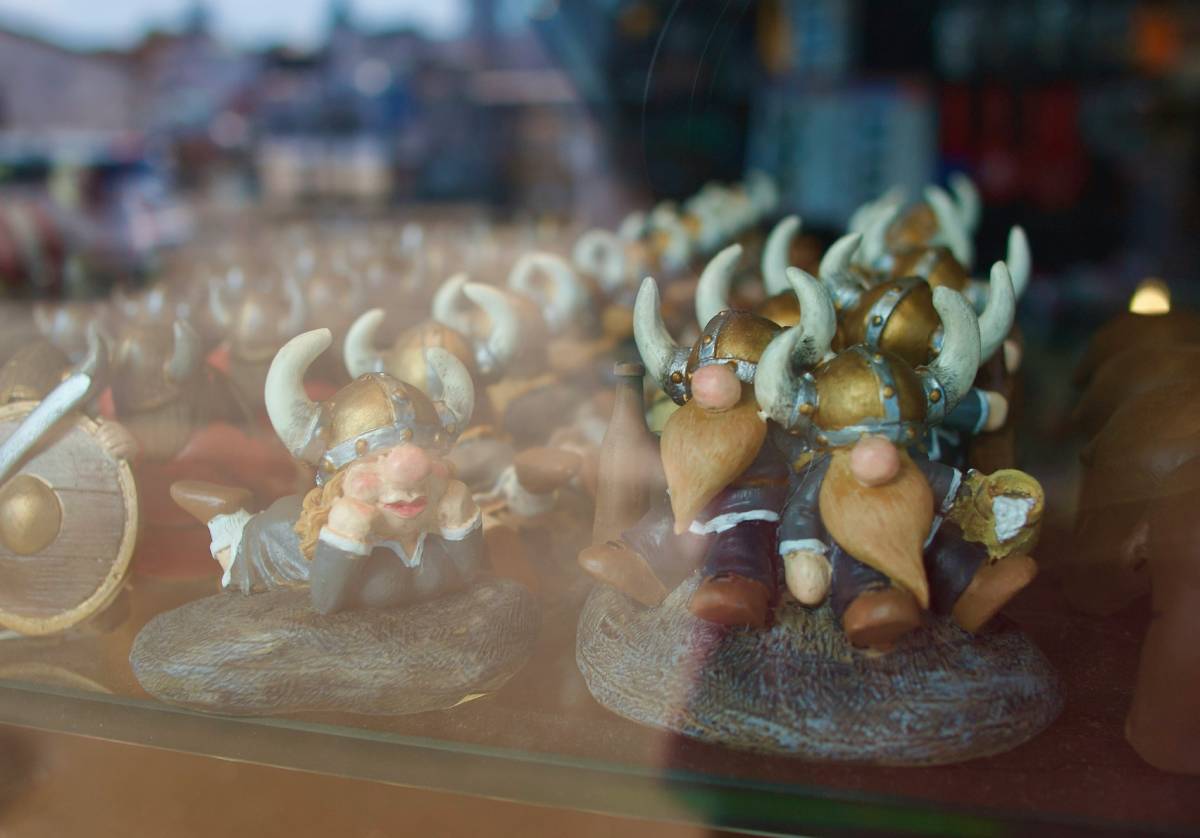

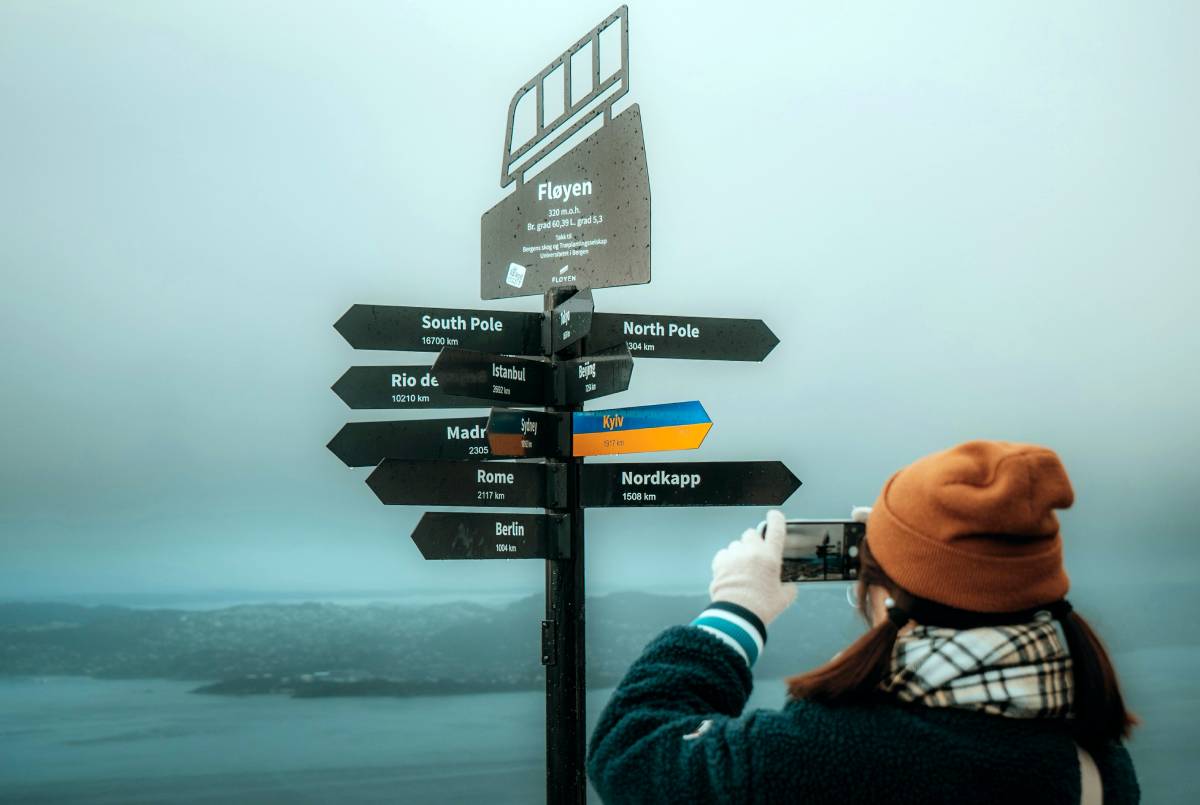
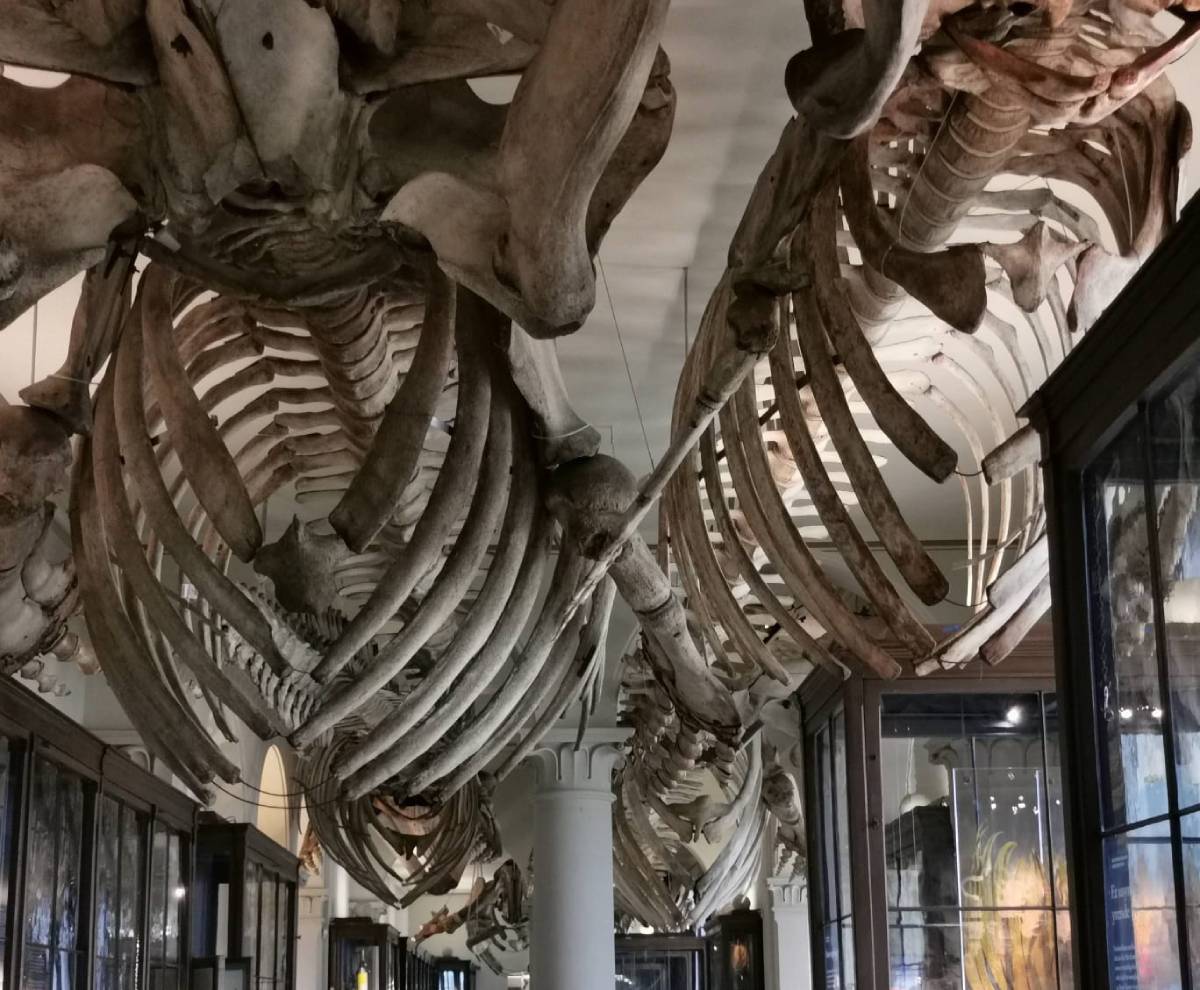
 Please whitelist us to continue reading.
Please whitelist us to continue reading.
Member comments